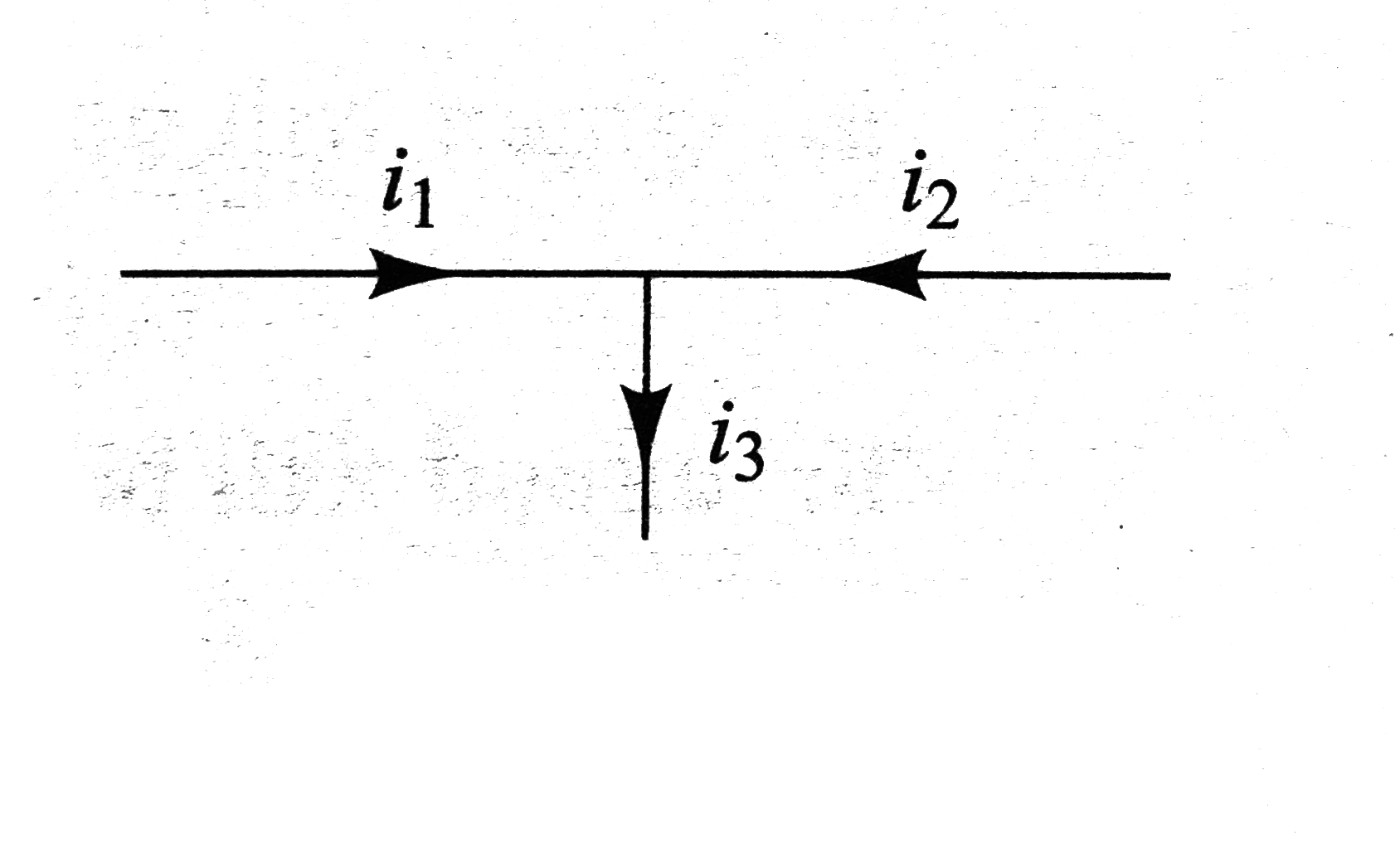The function x=Asin2(ω)t+Bcos2(ω)t+Csin(ω)tcos(ω)t represent (SHM) for which of the option(s).
For all value of A,BandC (except C = 0)
A=−B,C=2B,amplitude=∣∣B√2∣∣
A=B,C=0
A=B,C=2B,amplitude=|B|
The correct Answer is:B, D
To determine for which conditions the function x=Asin2(ωt)+Bcos2(ωt)+Csin(ωt)cos(ωt) represents Simple Harmonic Motion (SHM), we can simplify the expression using trigonometric identities.
1. Start with the given function:
x=Asin2(ωt)+Bcos2(ωt)+Csin(ωt)cos(ωt)
2. Use trigonometric identities:
We can use the identities:
- sin2(θ)=1−cos(2θ)2
- cos2(θ)=1+cos(2θ)2
- sin(θ)cos(θ)=12sin(2θ)
Applying these identities:
sin2(ωt)=1−cos(2ωt)2,cos2(ωt)=1+cos(2ωt)2,sin(ωt)cos(ωt)=12sin(2ωt)
3. Substituting the identities into the equation:
x=A(1−cos(2ωt)2)+B(1+cos(2ωt)2)+C(12sin(2ωt))
Simplifying this gives:
x=A2(1−cos(2ωt))+B2(1+cos(2ωt))+C2sin(2ωt)
x=A+B2+(B−A2)cos(2ωt)+C2sin(2ωt)
4. Rearranging the equation:
x=A+B2+B−A2cos(2ωt)+C2sin(2ωt)
5. Identifying the form of SHM:
The equation can be expressed in the form:
x=D+Ecos(2ωt)+Fsin(2ωt)
where D=A+B2, E=B−A2, and F=C2.
6. Condition for SHM:
For x to represent SHM, the coefficients of cos(2ωt) and sin(2ωt) must not both be zero simultaneously. This means:
E2+F2>0
or equivalently:
(B−A2)2+(C2)2>0
Conclusion:
The function represents SHM under the conditions that B−A and C are not both zero simultaneously, which leads us to the options provided in the question.
x=Asin2(ωt)+Bcos2(ωt)+Csin(ωt)cos(ωt)
We can use the identities:
- sin2(θ)=1−cos(2θ)2
- cos2(θ)=1+cos(2θ)2
- sin(θ)cos(θ)=12sin(2θ)
sin2(ωt)=1−cos(2ωt)2,cos2(ωt)=1+cos(2ωt)2,sin(ωt)cos(ωt)=12sin(2ωt)
x=A(1−cos(2ωt)2)+B(1+cos(2ωt)2)+C(12sin(2ωt))
x=A2(1−cos(2ωt))+B2(1+cos(2ωt))+C2sin(2ωt)
x=A+B2+B−A2cos(2ωt)+C2sin(2ωt)
The equation can be expressed in the form:
x=D+Ecos(2ωt)+Fsin(2ωt)
where D=A+B2, E=B−A2, and F=C2.
For x to represent SHM, the coefficients of cos(2ωt) and sin(2ωt) must not both be zero simultaneously. This means:
E2+F2>0
or equivalently:
(B−A2)2+(C2)2>0
The function represents SHM under the conditions that B−A and C are not both zero simultaneously, which leads us to the options provided in the question.
Topper's Solved these Questions
- ARCHIVES 2 VOLUME 6BOOK - CENGAGE PHYSICS ENGLISHCHAPTER - ARCHIVES 2 VOLUME 6EXERCISE - Comprehension
12 Videos
- ARCHIVES 2 VOLUME 6BOOK - CENGAGE PHYSICS ENGLISHCHAPTER - ARCHIVES 2 VOLUME 6EXERCISE - Integer
4 Videos
- ARCHIVES 2 VOLUME 6BOOK - CENGAGE PHYSICS ENGLISHCHAPTER - ARCHIVES 2 VOLUME 6EXERCISE - Single Correct
51 Videos
- ARCHIVES 1 VOLUME 6BOOK - CENGAGE PHYSICS ENGLISHCHAPTER - ARCHIVES 1 VOLUME 6EXERCISE - Integer
4 Videos
- BASIC MATHEMATICSBOOK - CENGAGE PHYSICS ENGLISHCHAPTER - BASIC MATHEMATICSEXERCISE - Exercise 2.6
20 Videos
Similar Questions
Equations y1=Asinωtandy2=A2sinωt+A2cosωtrepresent S.H.M. The ratio of the amplitudes of the two motions is
View SolutionCategorise the following function of time :sinωt+sin3ωt+sin5ωt as
(a) S.H.M.
(b) Periodic but no S.H.M. .Also give the period.
Hint : Find the smallest interval of time after which the sum of 3 terms repeats
View SolutionFind time period of the function, y=sinωt+sin2ωt+sin3ωt
View SolutionIf y=αcosωt+bsinωt, show that it represents SHM. Determine its amplitude.
View SolutionIdentify which of the following function represent simple harmonic motion.
(i) Y=AeIωt (ii) Y=ae−ωt
(iii) y=asin2ωt (iv) y=asinωt+bcosωt
(v) y=sinωt+bcos2ωt
View Solutionx1=3sinωt , x2=4cosωt. Find (i) amplitude of resultant SHM, (ii) equation of the resultant SHM.
View Solutionx1=3sinωt,x2=4cosωt
Find (i) amplitude of resultant SHM, (ii) equation of the resultant SHM.
View SolutionIf i1=3sinωtand(i2)=4cosωt, then (i3) is

View SolutionA particle moves so that its position vector is given by →r=cosωtˆx+sinωtˆy, where ω is a constant which of the following is true ?
View SolutionA particle moves so that its position vector is given by →r=cosωtˆx+sinωtˆy, where ω is a constant which of the following is true ?
View Solution
